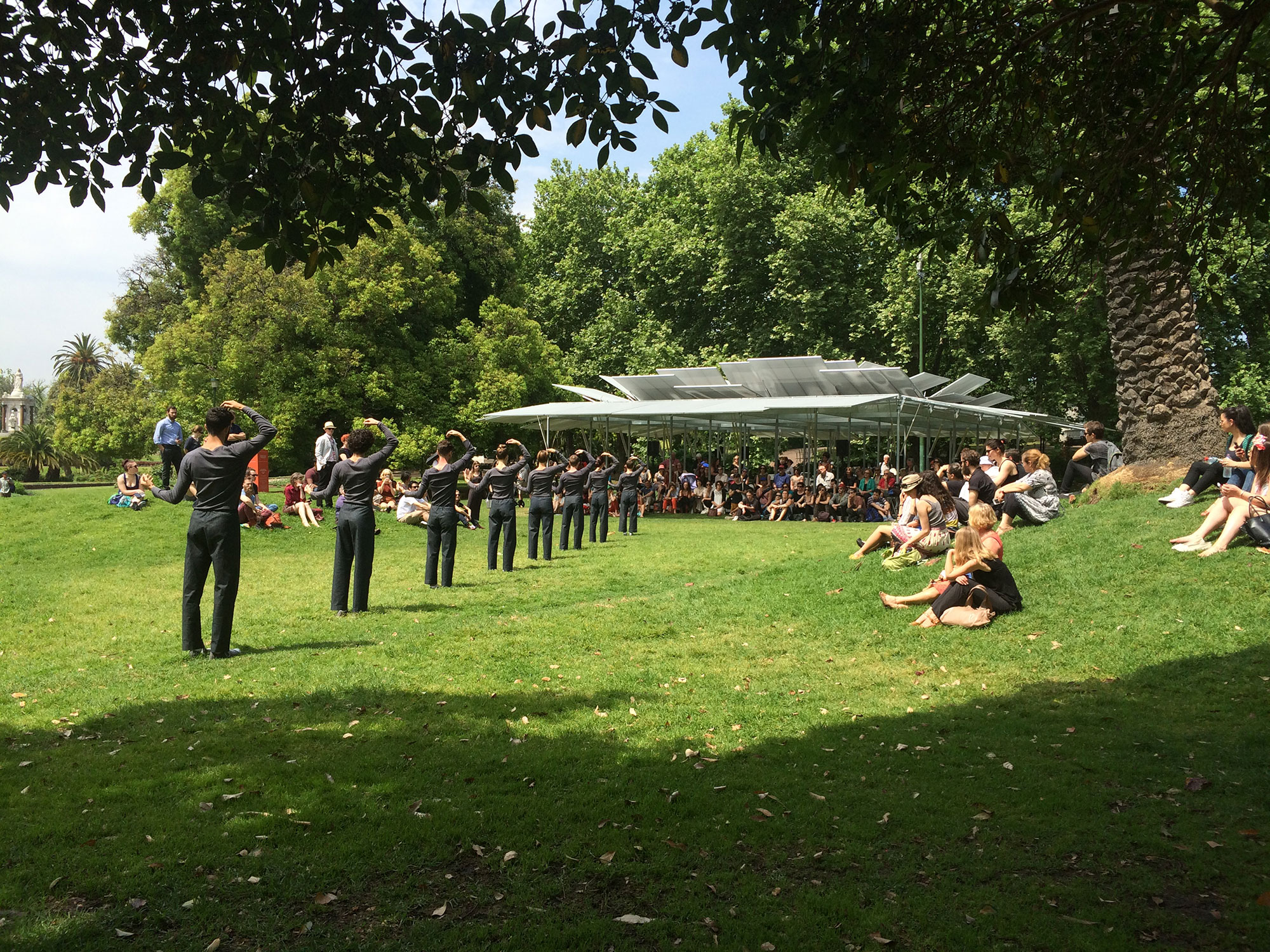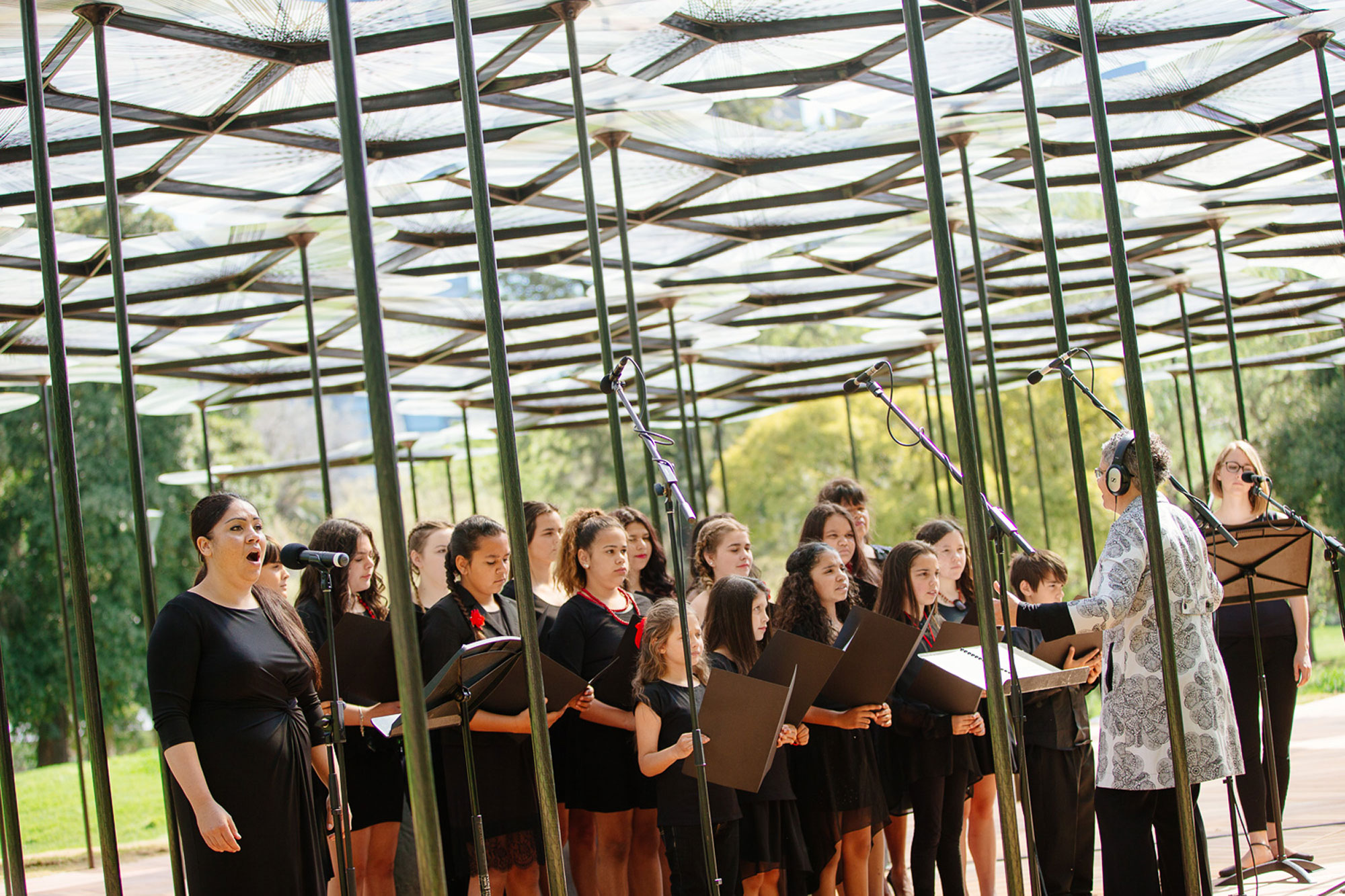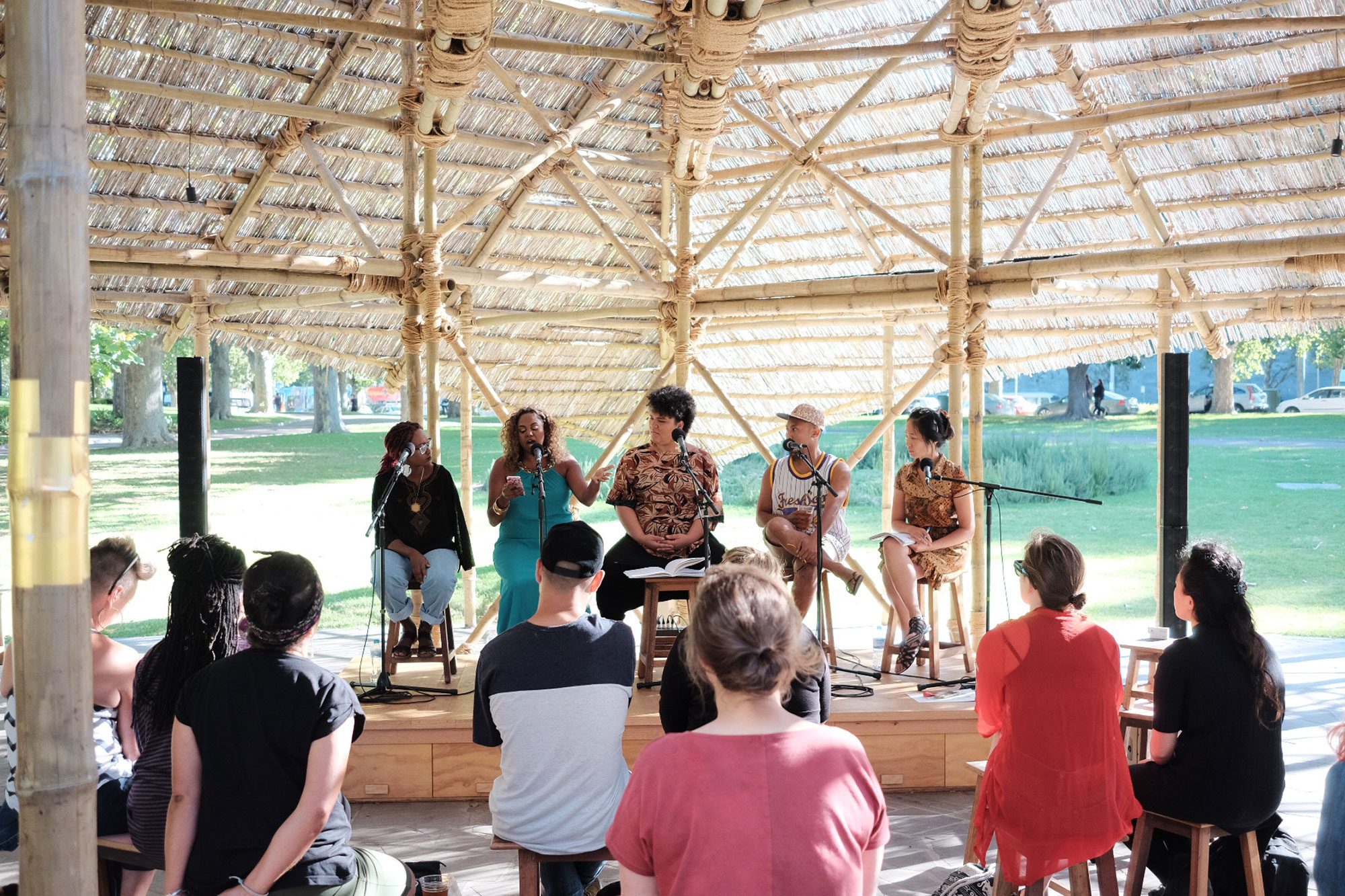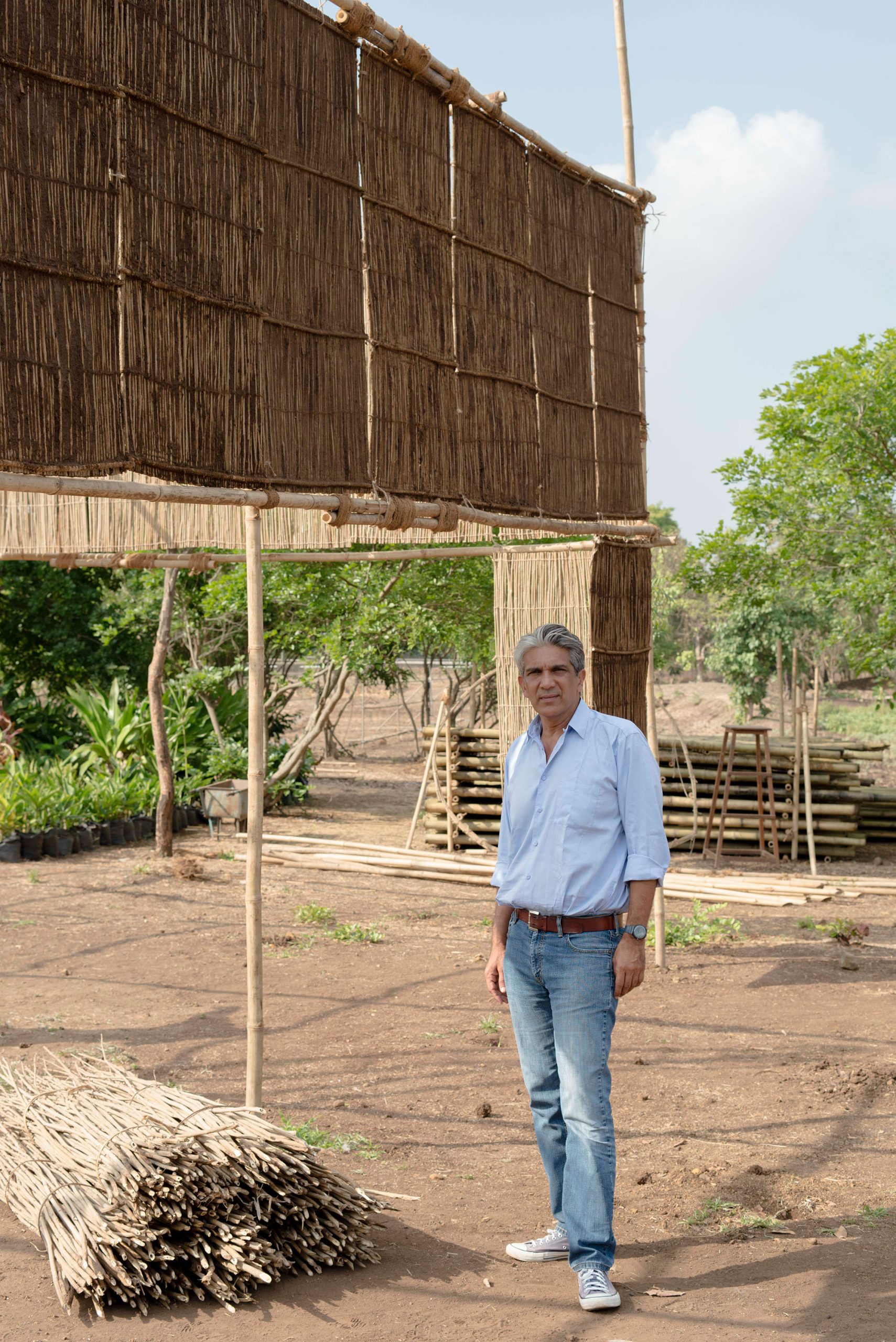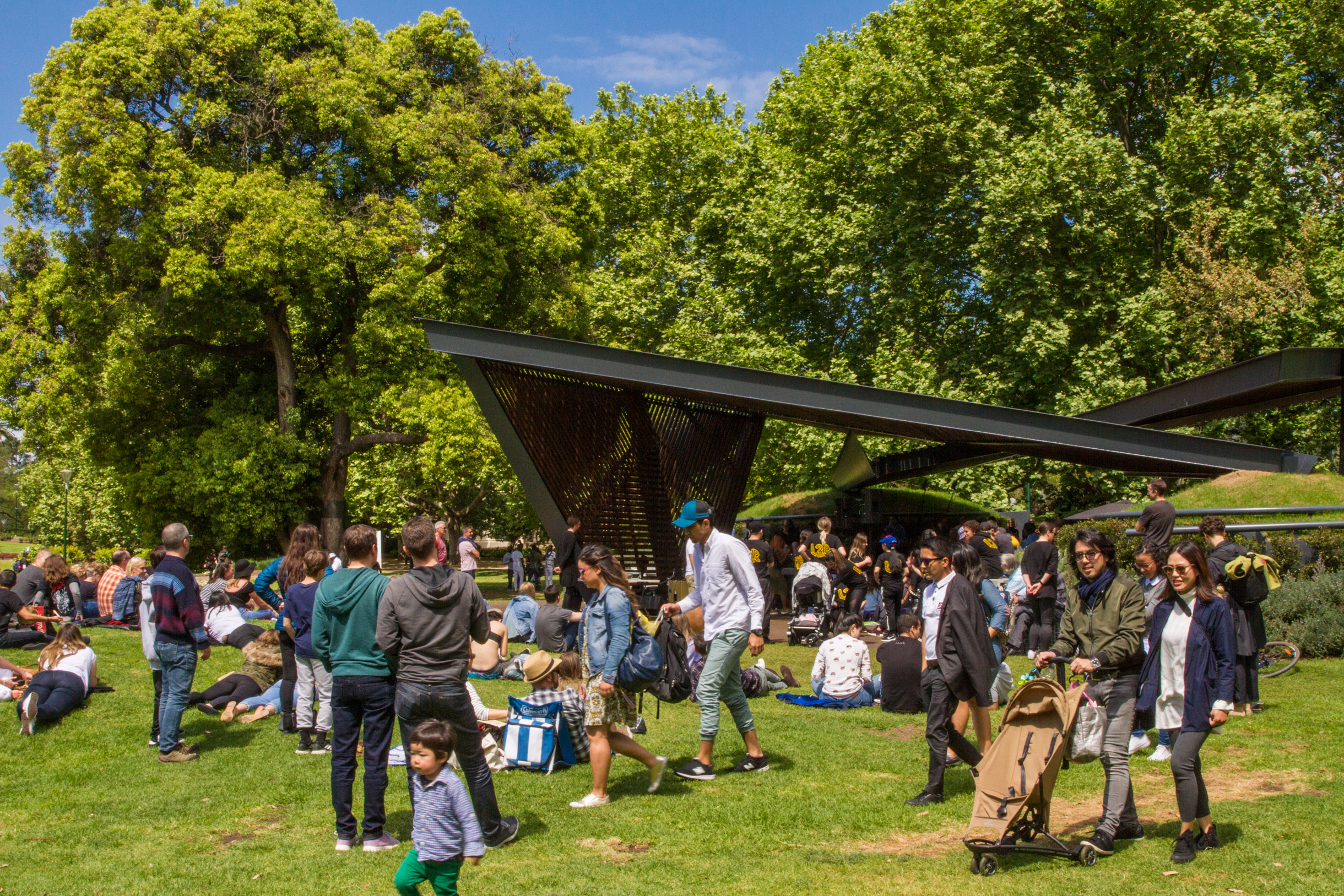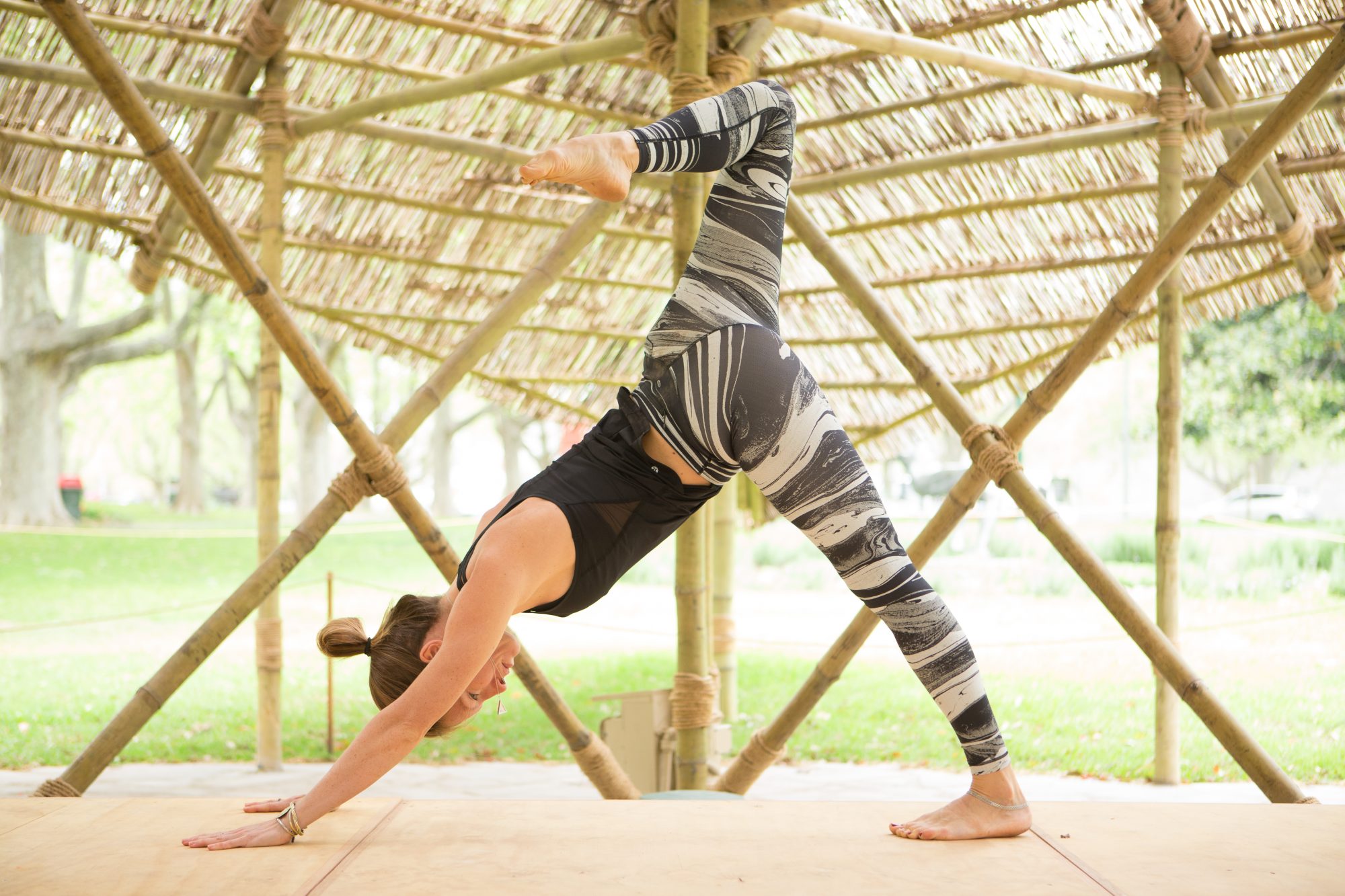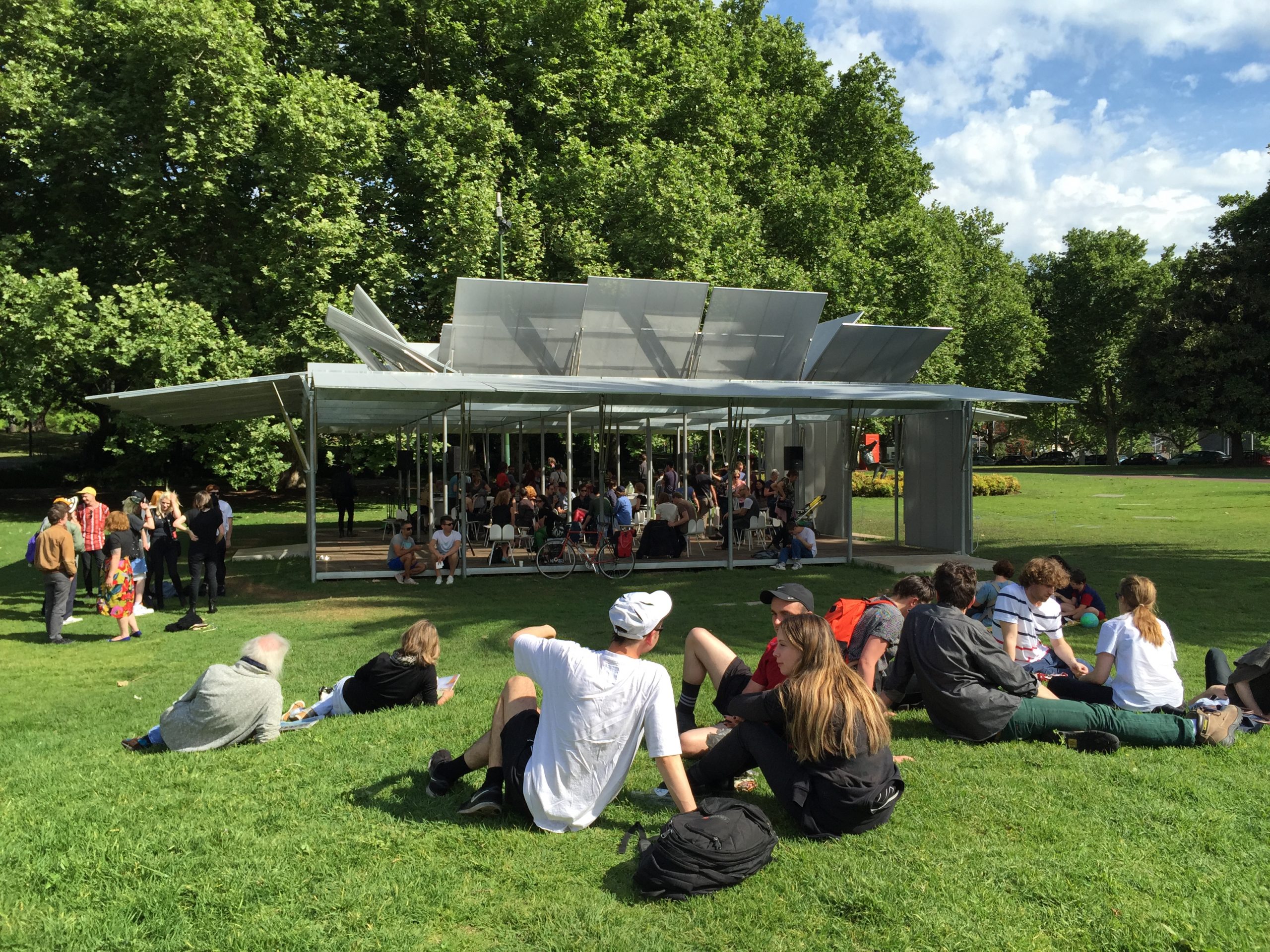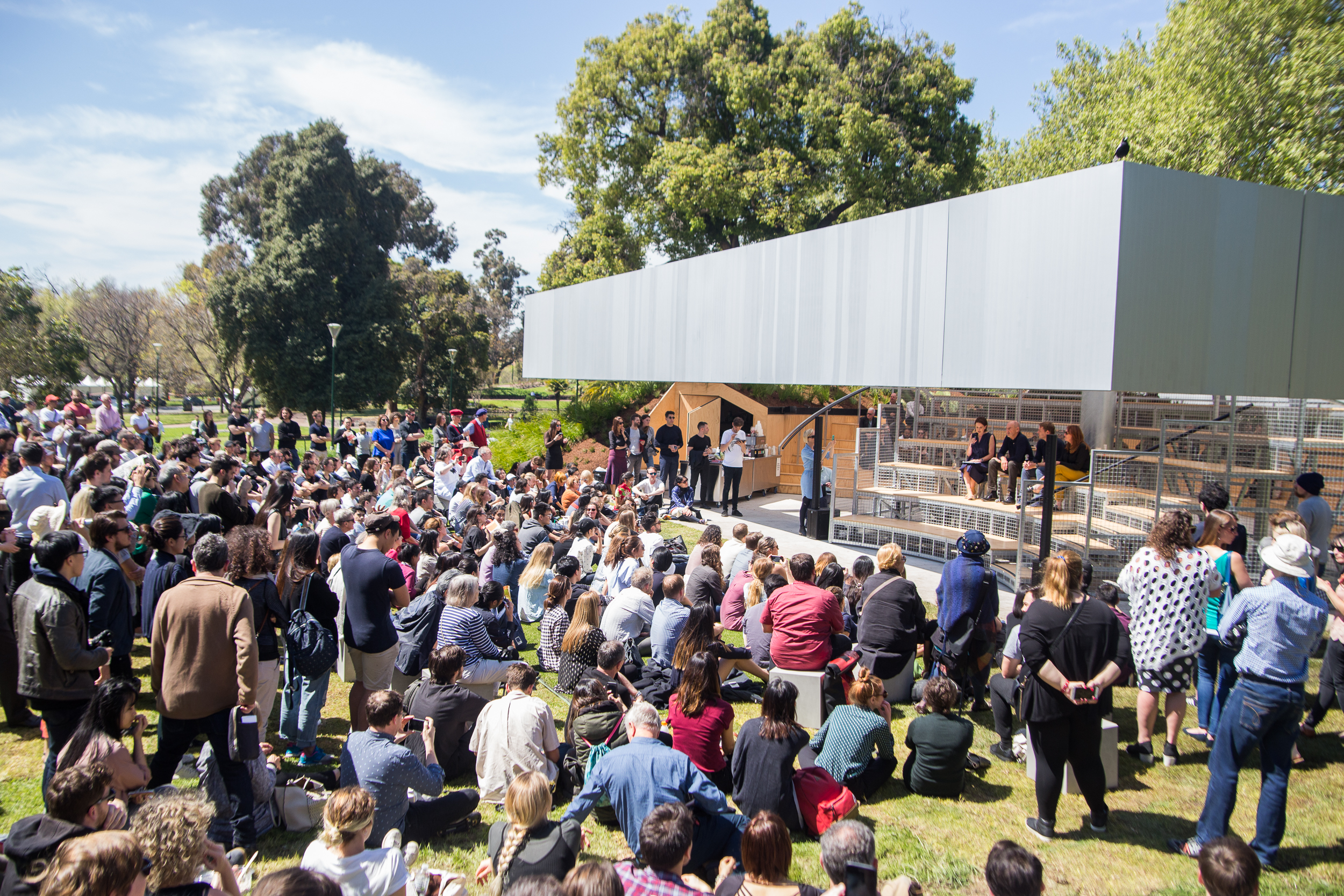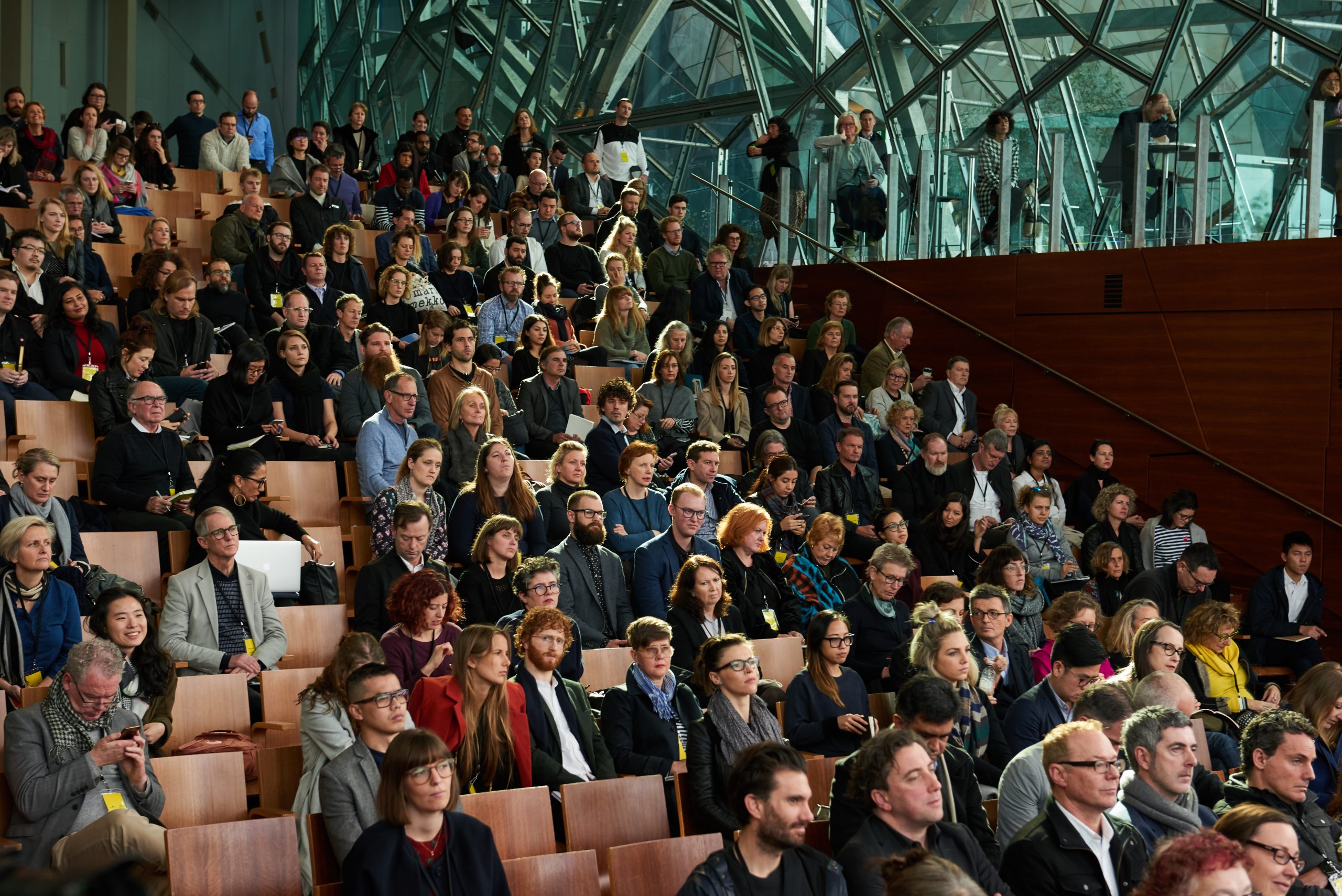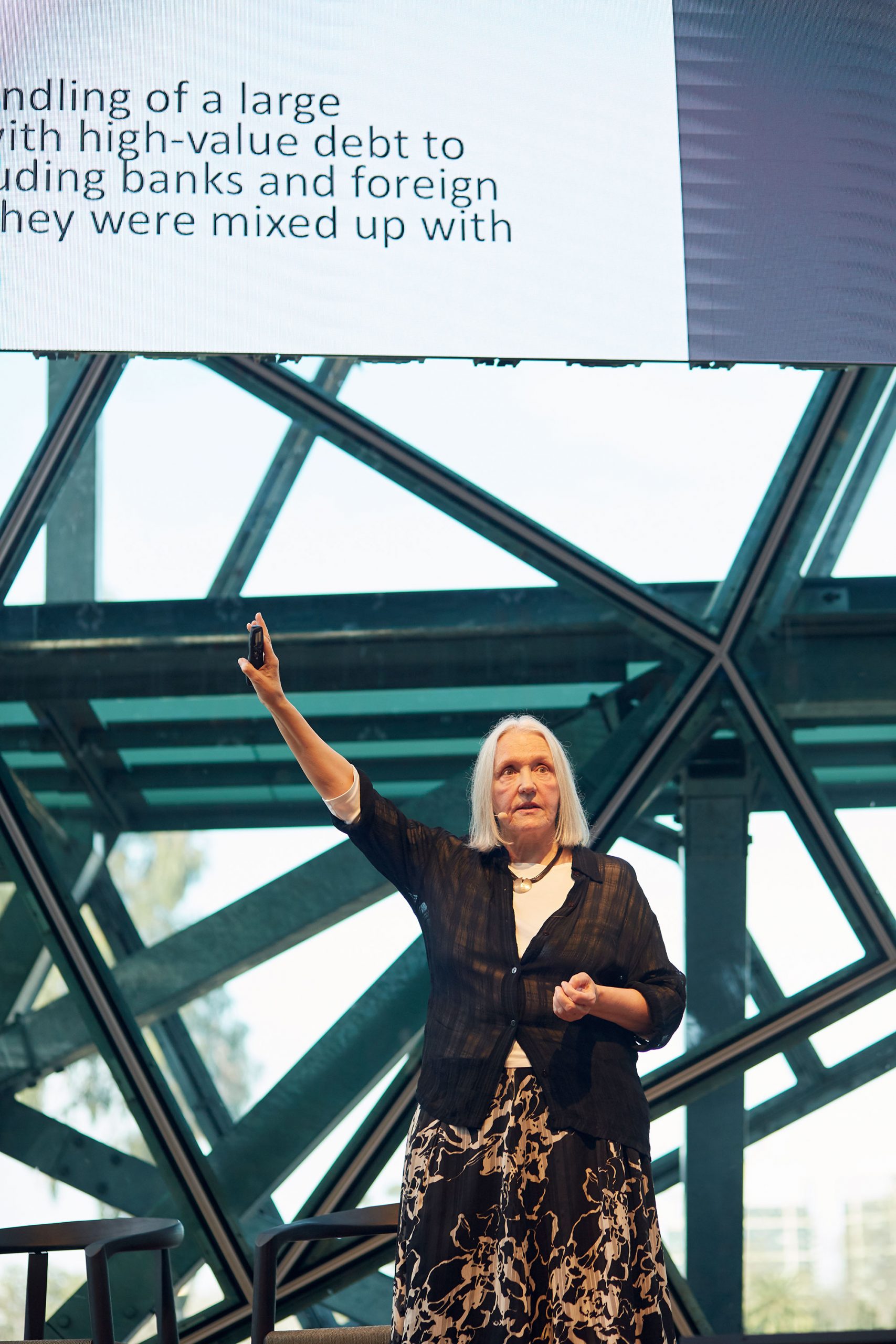Naomi Milgrom on pushing Melbourne to the forefront of design
Melbourne may be Australia’s arts capital, but Naomi Milgrom is now pushing it to the forefront of Australia’s design conversation. Jana Perković speaks to the woman behind MPavilion and Living Cities Forum about the importance of dialogue and disagreement.
Melbourne has a reputation of being Australia’s arts capital. Architecture capital – less so. The country’s key architectural landmarks are in Sydney; for the longest time, Melbourne’s key contribution to architecture has been a slim booklet defining the national ugliness. However, Naomi Milgrom may be pushing Melbourne to the forefront of Australia’s design conversation.
In 2014, the newly established Naomi Milgrom Foundation provided funding for a series of high-profile architecture commissions of temporary pavilions to be built in Melbourne’s Queen Victoria Gardens. An architect is appointed each year, and each spring a new, remarkable architectural design is erected in the Gardens. The commissioned architects have varied widely in their (hotly debated) approach, ranging from the Dutch postmodernists OMA to Carme Pinós’ critical regionalism. A free public program in the MPavilion lasts throughout summer, before the temporary building is taken down and given a permanent home elsewhere in the city. In the five years of its existence, the Foundation has single-handedly ‘seeded’ buildings by luminaries such as Sean Godsell, Amanda Levete and Bijoy Jain throughout Melbourne – a remarkable achievement in an era when the shape of our cities is increasingly a reflection of capital flows, rather than public concerns. At a time when it seems harder than ever for architecture to play a civic function, MPavilion has become an event of public city-building, energising the conversation around design, and simultaneously demonstrating its civic value.
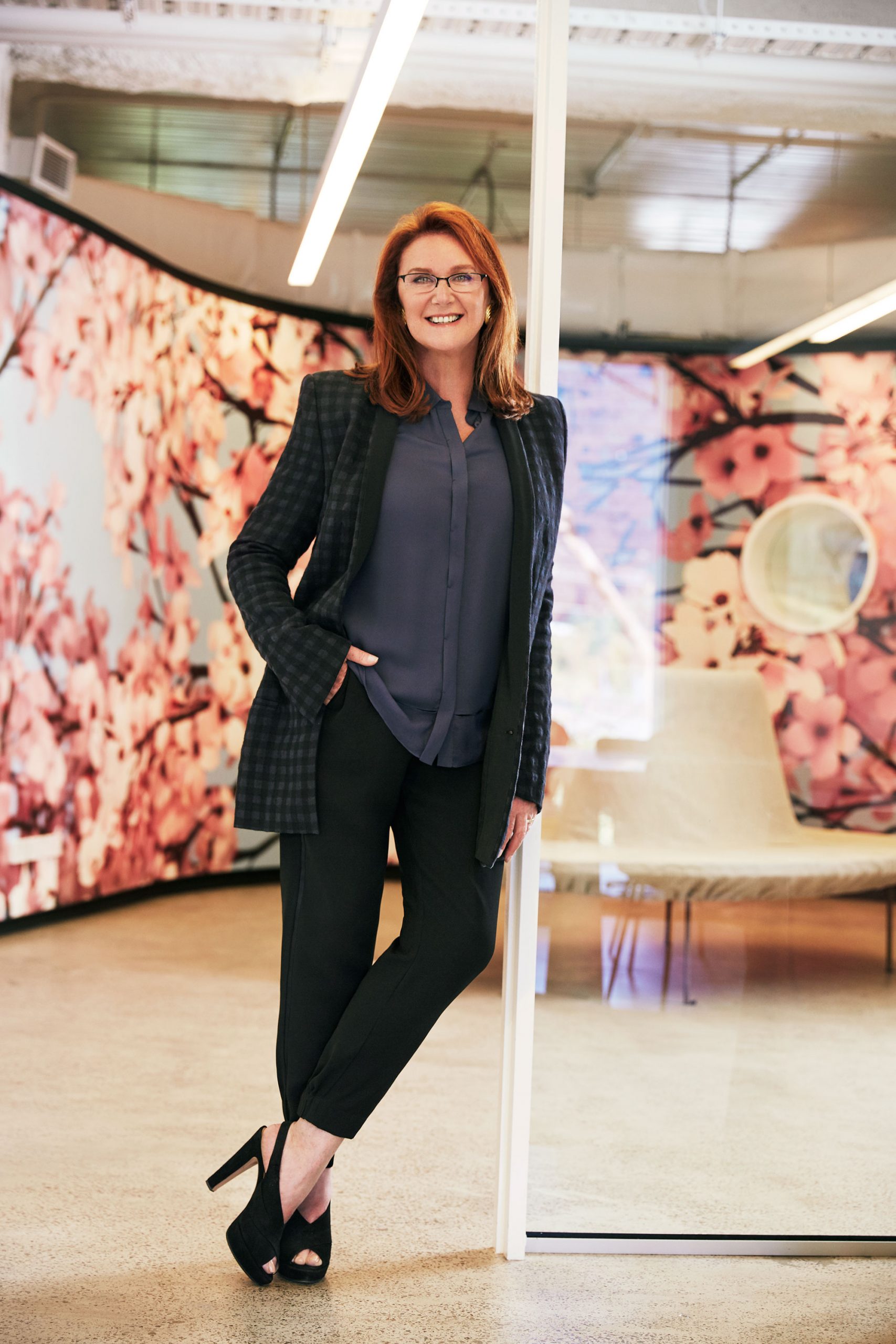

“Design can reflect the social, political, economic and environmental issues of our time, and it can promote new ways of seeing and new ways of doing,” Naomi says. “I have a great love of the arts, and I don’t distinguish the potential of design from the potential of any artistic form.”
Coming from a family of fashion entrepreneurs and benefactors to the arts (her grandmother Faye Gandel founded the fashion brand Sussan in 1939; her parents are philanthropists Marc and Eva Besen), Naomi cannot remember a time when design and communication were not important to her. “My interest in architecture and design has so much to do with how inspiring I find these practices as means for communication, and as living aspects of contemporary culture, a way for us to come together and relate to each other.”
Communication, she says, is integral to her life. Naomi’s studies were in language and the arts; she worked as a special education teacher, then in publishing and marketing, before returning to the family business in 1993. Now an active philanthropist and arts patron, she maintains a hands-on approach that looks to create a societal dialogue and shared ownership of creative projects. “I’ve always believed in collective creativity: bringing people together to discuss, debate and design is more enriching and productive than following just one direction. I’m passionate about advancing talented individuals, but collaboration and shared purpose always take the Foundation’s work to another level.”
Connecting citizens with design, across demographics and individual interests, is at the core of Naomi’s interest in collaboration. She notes that this isn’t to say that there will always be agreement on what makes good design: “There will be projects and approaches that generate opposing views and debate, but disagreeing is also part of a healthy dialogue. What’s important is how willingly we listen to each other, remain curious and open to ideas, and continue to cooperate and strive for excellence.”
Right from the start, MPavilion was envisaged as a modern-day agora; a democratic, freely accessible meeting place with coffee, morning yoga, children’s activities and a down-to-earth-ness that can be all too rare around capital-A architecture. “It certainly is my intention to create a space in which architecture and design could be recognised,” Naomi says, “and accessible to those who might not have previously felt it is relevant, or felt confident to engage with designers and architects. We all live in the designed world, and we should all feel invested in it and be able to question it.”
In a certain sense, every MPavilion design interrogates our assumptions around public space: what is a meeting place and how should it be designed to hold us well? For Australian architect Sean Godsell, who designed the inaugural MPavilion, it meant an attentiveness to the climate, and a sensitive design that would create comfort even in sweltering heat. For Indian architect Bijoy Jain, it meant an open and collaborative process, with MPavilion engineers learning traditional bamboo construction in India,
and building the pavilion in situ without the dictates of a completed architectural design. For OMA, it meant returning to the classical Greek geometry of an amphitheatre, with contemporary twists such as a polycarbonate translucent roof, and a movable seating bank to open the circle outwards. “Being able to welcome the perspectives of leading architects from around the world to Australia has been a rich and meaningful way to demonstrate the impact of design in how we go about our everyday lives,” says Naomi. “For instance, OMA’s MPavilion, which was loved by so many people in 2017, challenged the ways we congregate as a community, whereas last season’s MPavilion by Carme Pinós sought to inspire inclusion and a connection with nature.”


Using design and art to foster place-making is something of a passion, reflected in Milgrom’s other roles: as commissioner for the Australian representation at the 57th Venice Biennale, member of Tate Museum London’s International Council, judge for the World Architecture Awards and recently as chair of the design jury for Powerhouse Precinct at Parramatta: “[It] reflects my interests in creating precincts that involve people in the city, provide access to the arts, and align our industries for social good.”
In Australia, design is often seen as a question of ornament rather than substance, and a matter of personal taste. Refreshingly, Naomi is deeply interested in design as a kind of collective intelligence. She points to Melbourne’s rich heritage of craft, design and industry as a secret ingredient behind its liveability: “Melbourne traditionally has been Australia’s creative city. It’s inherent in its DNA – fashion, industrial design, our universities, museums and galleries: our creative industries are a pillar of the city. We should be proud of how connected and supportive we are across industries and sectors. On a world scale, Melbourne excels at connecting the dots and supporting new initiatives, new talent and innovative approaches. We’re risk-takers, and many of those risks have paid off.”
If MPavilion created the architecture for a city-wide dialogue, Living Cities Forum took the project one step further. Kicked off in 2017 as an annual symposium, and now expanded to Sydney, LCF was, in Naomi’s words, a forum “initiated to interrogate the meaning of liveability and to explore what makes a city a good place to live”. A city that has economically blossomed over the past decade thanks in no small measure to its ranking in the international liveability charts, Melbourne is a city where quality of life and good urban design are matters of key political and economic interest. Every year, leading international thinkers and practitioners across urban theory, design and research come to LCF to speak about liveability – but also social inclusion, equity, global housing finance, and the transformative power of design – in front of an audience that includes everyone from architects and policy-makers to graphic designers and passionate citizens. For Naomi, the program reflects an interest in “how we make our cities and the kind of future we want to build for ourselves and for those who come after us”. The guests have ranged from globalisation scholar Saskia Sassen to British ‘horizontal’ architecture collective Assemble; from Ryue Nishizawa of SANAA, to Arup urban strategist (and influential blogger) Dan Hill.
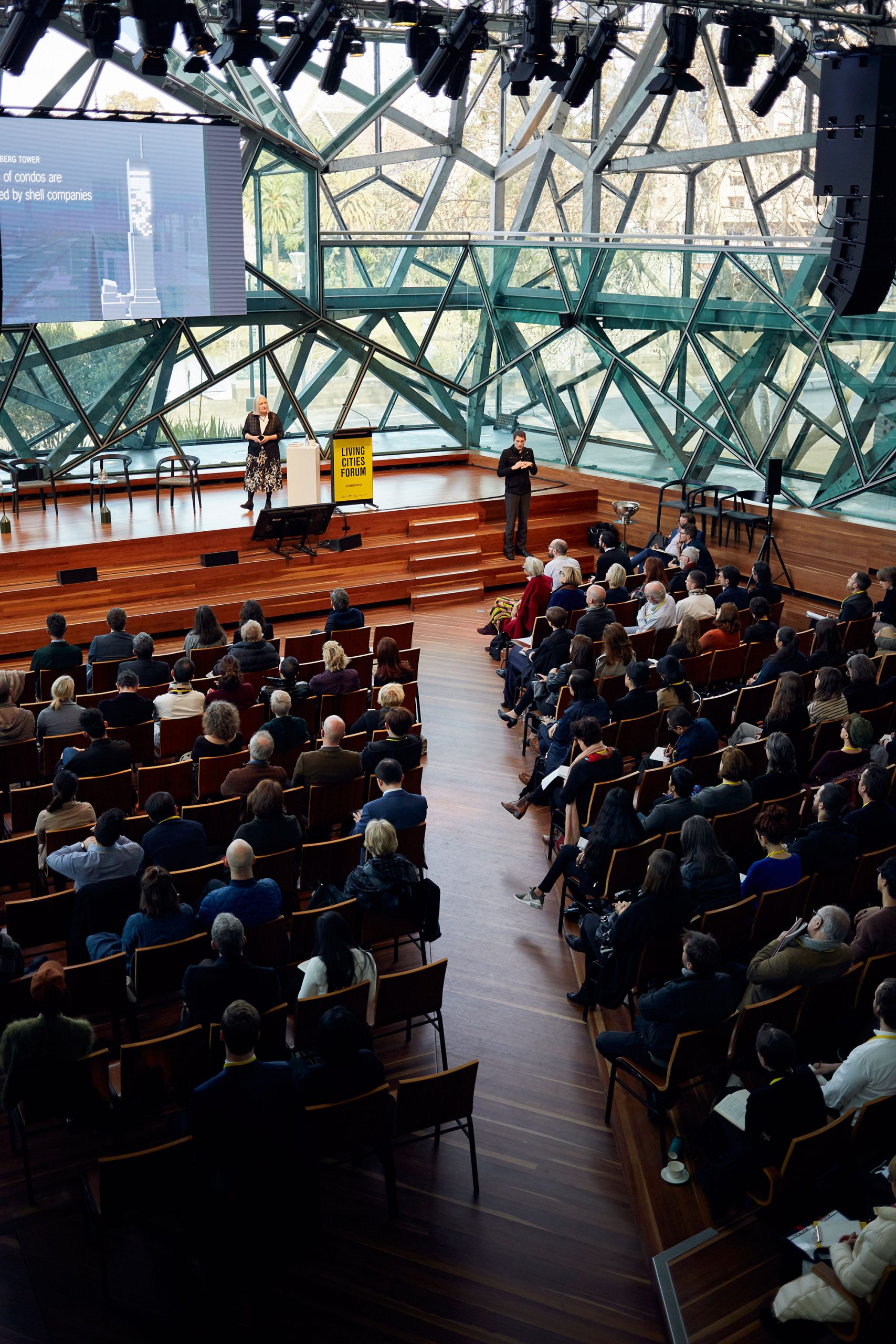
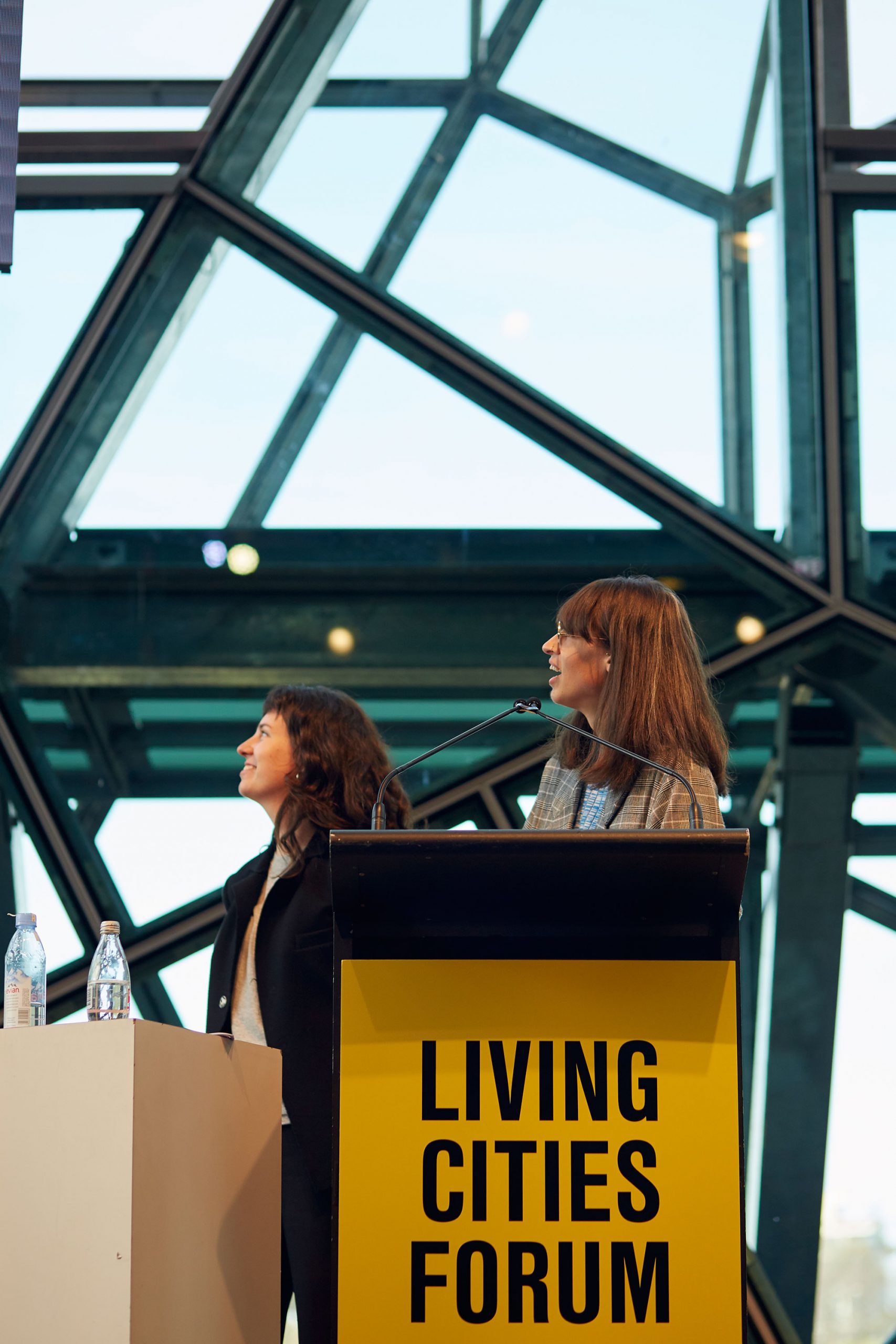
“In Australia we are great learners, and we can take these ideas and apply them in our local context,” Naomi says. The theme of the 2019 LCF is ‘Future Needs’, a reference to the cluster of climate change-related challenges that the world, and Australia, is increasingly being called on to address: “A natural progression, I think, is to now consider how we are planning for the future, and to bring together people who are really provoking new ideas globally around city-making.”
The interrogation that starts mid-year with the Forum will continue with MPavilion, which in 2019 will be designed by Glenn Murcutt AO, Australia’s only Pritzker Prize winner, renowned for his environmentally sensitive house designs. Naomi, who has known Glenn for many years, speaks passionately about the ethical nature of his architectural practice: “With design comes responsibility. Given the challenges we face in terms of population density and climate, and the attendant social problems, we are necessarily looking to the particularities of our place, our landscape, and our built structures. Glenn’s thoughtful approach to environment and landscape continues to be highly relevant to our consideration of present and future movements in architecture and urban planning.”
Extreme weather, demographic shifts, energy transitions, the war on waste. This vast scope of change, Naomi notes, requires moving beyond the known and expected voices and formulas for leadership: “Things happen much faster and have greater impact on our families, communities and countries than ever before. We need to be smarter about how we keep all voices at the table, be open to the ideas and perspectives of people who have traditionally been given less power to lead and influence. I think people are waking up to that.”
One of the great privileges of initiating MPavilion and the Forum, she says, has been the ability to drive creative experimentation in joint programs with their many collaborators (the Foundation has more than 500 partners). “No great idea exists in a vacuum, so it’s wonderful that the projects have inspired ongoing and tangible action, and further cultural exchange.” After all, Naomi adds, it is only by taking calculated risks that a society secures positive progress: “Through experimentation you allow yourself to dream a little bigger.
“You allow a variety of voices to come to the fore, different leaders to take the reins and start new actions and tell new stories – and not only across genders, but across cultures; promoting the voices of First Nations peoples, promoting young and emerging voices. I’m interested in the flexibility of practices that acknowledge difference. We are in a time where coming together – as cultures, communities and thought leaders – is the only way we can build prosperous and cohesive societies.”
A big thank you to Naomi for her time, and for sharing her thoughts about architecture and creativity with us. The Living Cities Forum is happening in Melbourne on 23 May, and in Sydney on 28 May. We will be there – come along!

